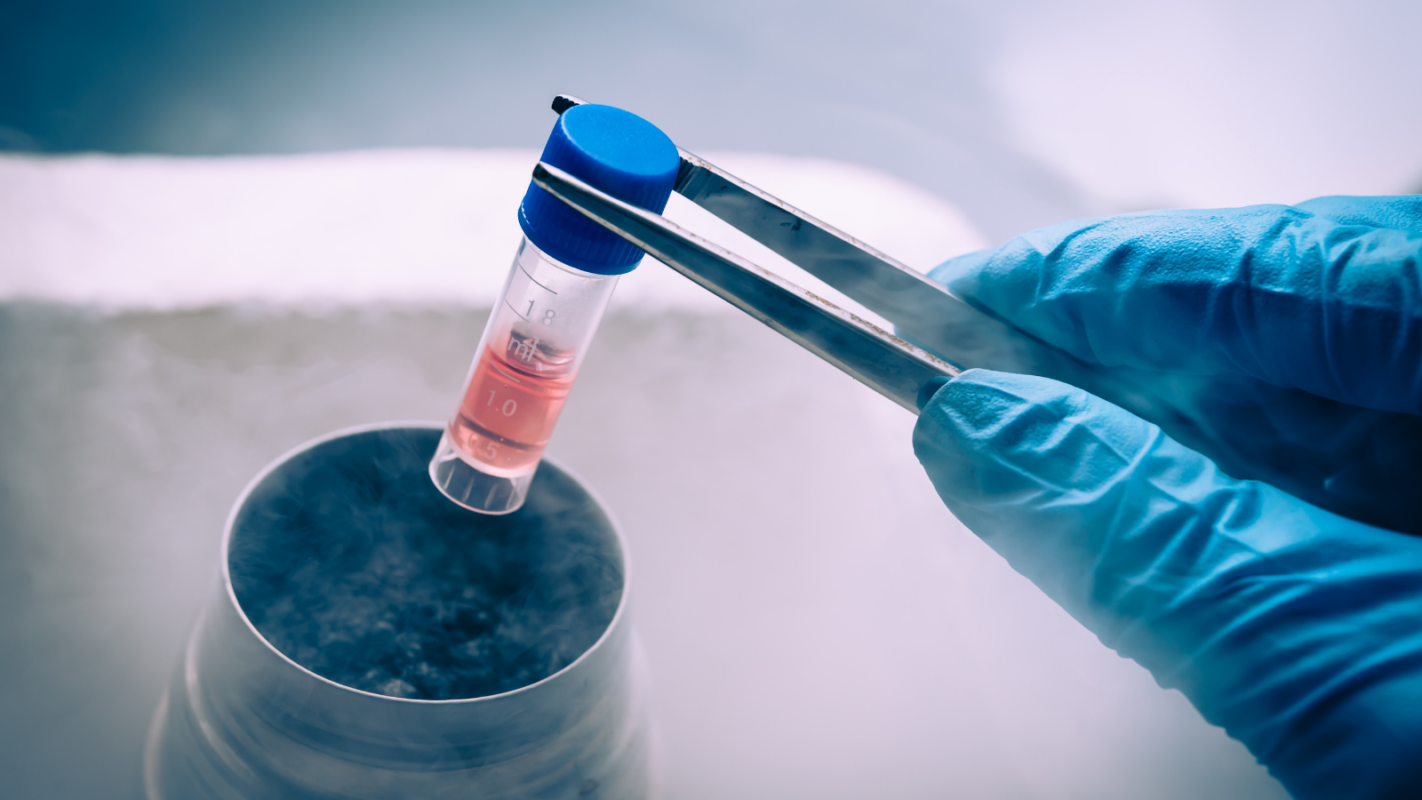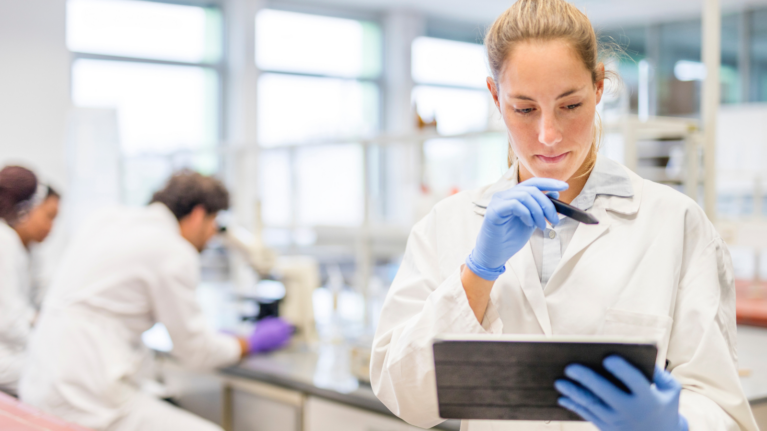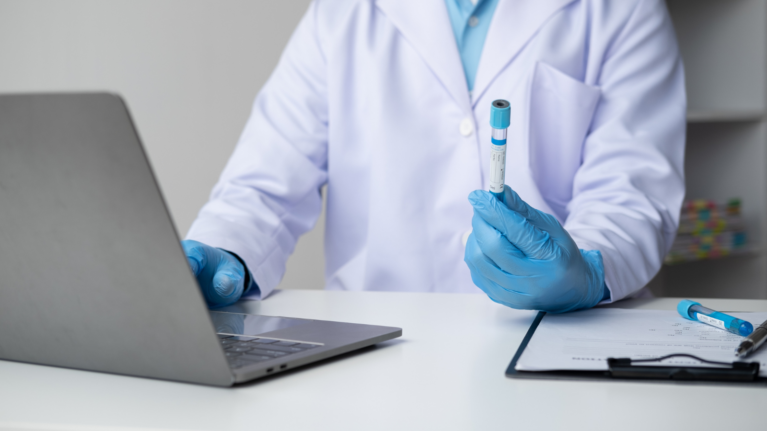

 By Chris Austin
3 min read
07 Dec 2023
By Chris Austin
3 min read
07 Dec 2023
In the rapidly evolving landscape of modern science and medicine, two groundbreaking innovations have taken centre stage: stem cells and organoids. These tiny powerhouses have immense potential to revolutionise how we approach healthcare, disease research, and regenerative therapies.
However, harnessing their potential requires scientific ingenuity and a keen understanding of how to safely handle and store these invaluable biological resources and associated metadata.
Stem cells are unspecialised cells with the remarkable ability to develop into specialised cell types. This versatility makes them invaluable in regenerative medicine, disease modelling, and drug discovery.
Stem cells hold the key to regenerating damaged or diseased tissues and organs. Whether repairing a damaged heart after a heart attack or restoring nerve function after a spinal cord injury, stem cells offer the potential for groundbreaking medical treatments.
Stem cells can be reprogrammed to mimic various diseases, allowing scientists to study the underlying causes, test potential treatments, and gain deeper insights into conditions like Alzheimer’s, Parkinson’s, and diabetes.
Pharmaceutical companies can use stem cells to screen potential drug compounds for safety and efficacy, potentially speeding up the drug development process and reducing the need for animal testing. Stem cells are also used in other areas of the drug development pipeline, including target discovery and toxicity screening.
Organoids can be created using a patient’s cells, providing a unique platform for personalised medicine. This allows scientists to develop tailored treatments and therapies for individuals based on their genetic makeup.
Organoids can be created using a patient’s cells, providing a unique platform for personalized medicine. This allows scientists to develop tailored treatments and therapies for individuals based on their genetic makeup.
They offer a closer approximation to human organs than traditional cell cultures, making them ideal for studying disease mechanisms, screening drugs, and understanding patient-specific treatment responses.
Compared to some animal testing methods, organoids are more ethically sound and offer a humane alternative for research and testing purposes.
Given the tremendous potential of stem cells and organoids, handling and storing them with care is crucial. Here are some key considerations:
All stem cell and organoid procedures should be performed in a sterile laboratory environment to prevent contamination.
Both stem cells and organoids are temperature-sensitive. They should be stored in specialised freezers or liquid nitrogen tanks to ensure long-term viability.
Thorough documentation is essential. Keeping detailed records of the source, type, and handling of stem cells and organoids is crucial for quality control and research reproducibility. With organoids, several tumour organoid biobanks have been established to advance cancer research globally. This emphasises the importance of thorough documentation of activities, procedures, and processes to ensure reproducibility.
Researchers must adhere to ethical guidelines and legal regulations governing the use of stem cells and organoids. This includes obtaining proper consent for cell or tissue donation.
In conclusion, the significance of stem cells and organoids in modern science is undeniable. Their potential to transform medicine and research is virtually limitless. However, with this immense promise comes a responsibility to handle and store these valuable resources safely and ethically. As we continue to unlock their potential, we are moving closer to a future where personalized medicine and regenerative therapies become a reality for countless individuals.
For more information on specialised freezers and other accessories, why not check out the extensive range at Eppendorf? To see how eLabNext can advance your stem cell or organoid research, documentation, and sample storage, schedule a personal demonstration today.

 By Ethan Sagin
By Ethan Sagin
Learn how eLabNext utilizes impact-driven metrics and assessments to optimize digital operations, enhance customer satisfaction, and achieve lab digitization goals effectively.
Read more
 By Zareh Zurabyan
By Zareh Zurabyan
Discover the transformative power of a Sample and Digital Strategy, and follow our 5 easy steps to prep for a seamless ELN/LIMS transition.
Read more
 By Chris Austin
By Chris Austin
Discover the ongoing debate between paper and ELNs in research institutions, weighing the simplicity and tangibility of paper against the efficiency and collaboration-enhancing features of ELNs.
Read more
Schedule a Personal Demo for friendly expert guidance and a free lab workflow assessment.